Cemetery tourism isn’t what it used to be. I’m pretty sure that most San Antonio tourist literature either ignores or gives scant mention to the Eastside Cemeteries Historic District, as the city calls it.
Too bad. I’d call it a fascinating agglomeration of old graveyards amazingly close to downtown San Antonio. Officially 31 separate cemeteries over 103 acres, and even better, as unkempt as old burying grounds sometimes are.
City Cemetery No. 1, fittingly, is the oldest in the district, dating from the 1850s. Even a mild climate like San Antonio’s will wear stones down eventually.
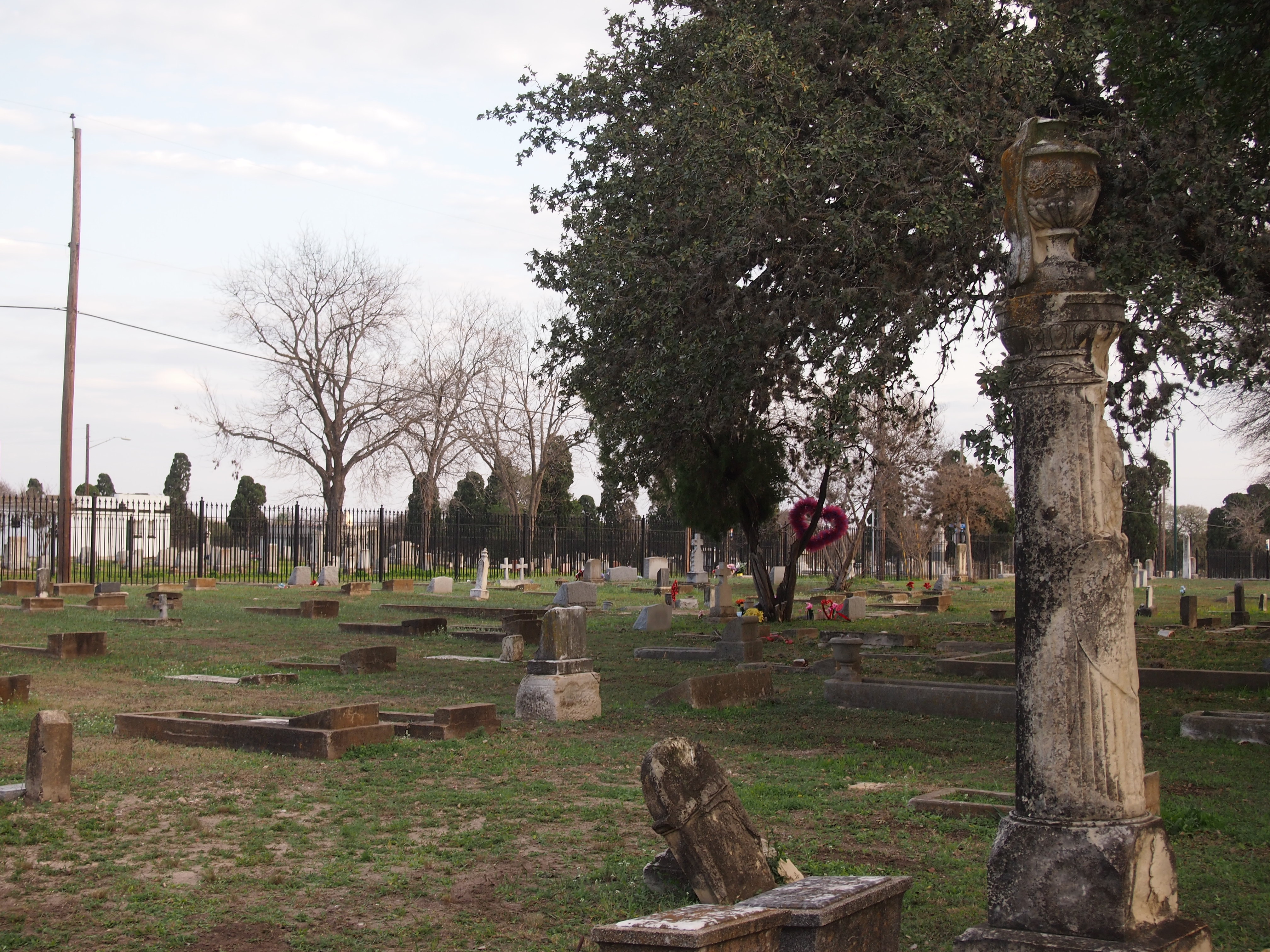 Here lie Aug. and Georgiana Ohnescorce, both of whom passed their lives in the 19th century. Their stones are still legible, but you have to look at them pretty closely.
Here lie Aug. and Georgiana Ohnescorce, both of whom passed their lives in the 19th century. Their stones are still legible, but you have to look at them pretty closely.
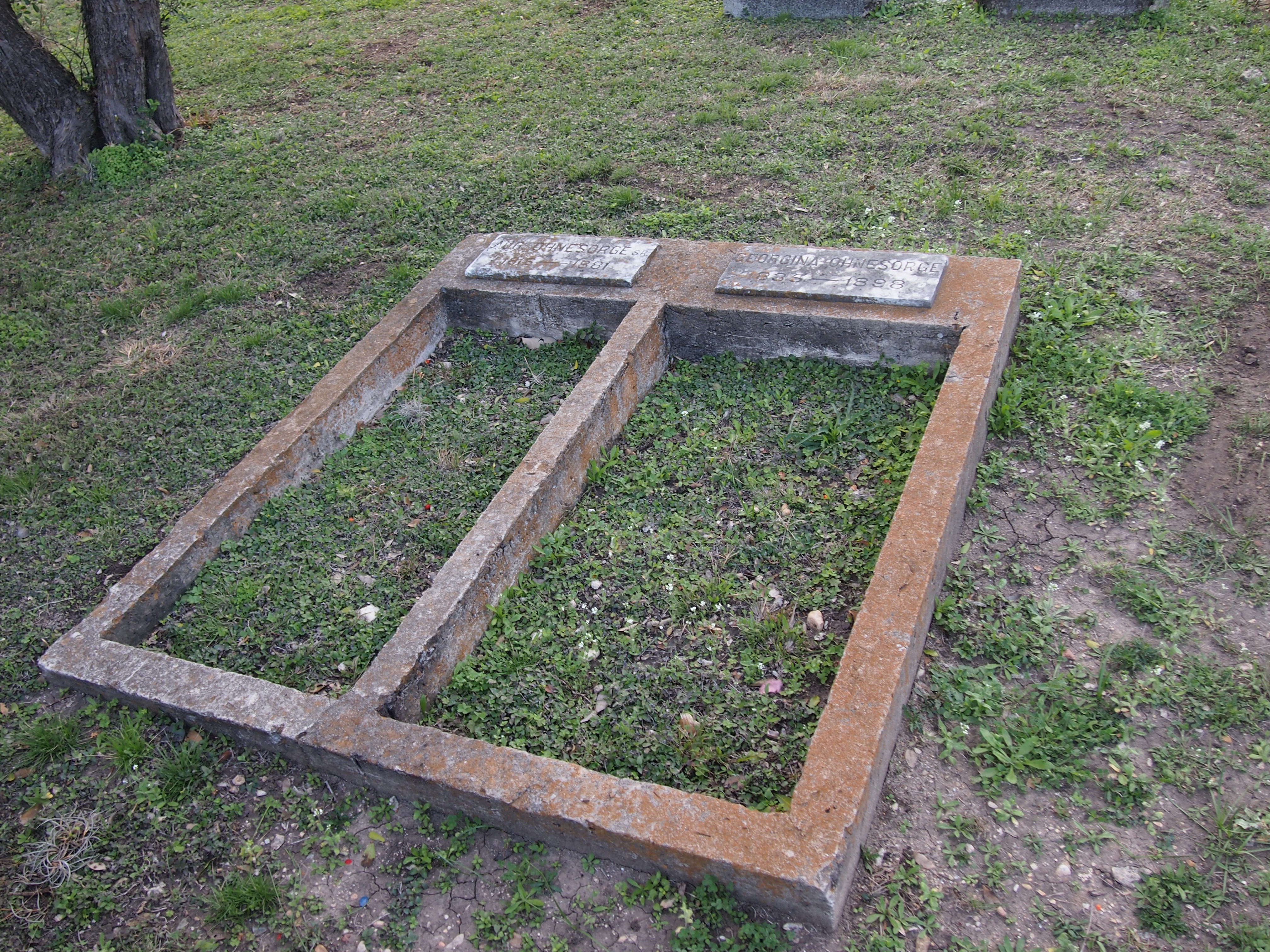 I didn’t seek out well-known permanent residents of the Eastside Cemeteries Historic District, though the San Antonio city site cited above tells us there are a number of them, including mayors, prosperous local businessmen, German pioneer families, 19th-century soldiers (some of them Buffalo soldiers), the woman who led the fight to preserve the Alamo in the first decade of the 20th century — Clara Driscoll — and the man who designed and advocated the San Antonio Riverwalk, Robert H.H. Hugman.
I didn’t seek out well-known permanent residents of the Eastside Cemeteries Historic District, though the San Antonio city site cited above tells us there are a number of them, including mayors, prosperous local businessmen, German pioneer families, 19th-century soldiers (some of them Buffalo soldiers), the woman who led the fight to preserve the Alamo in the first decade of the 20th century — Clara Driscoll — and the man who designed and advocated the San Antonio Riverwalk, Robert H.H. Hugman.
This is Cemetery No. 6, not quite as tumbledown as No. 1.
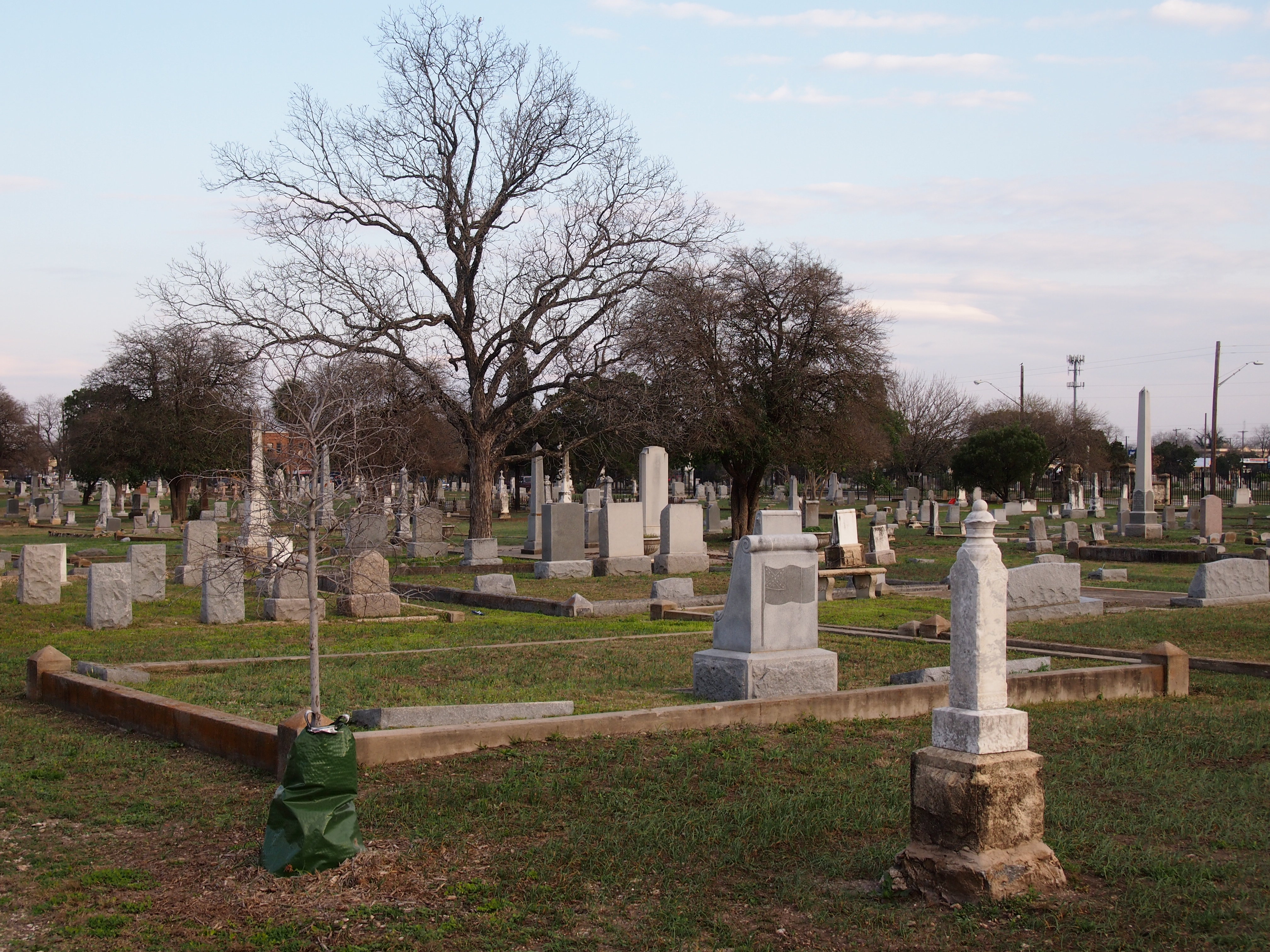 According to the city, the Confederate Cemetery is separate from Cemetery No. 6, but that’s hard to tell when you’re there. In any case, the Confederate Cemetery sports the Stars and Bars.
According to the city, the Confederate Cemetery is separate from Cemetery No. 6, but that’s hard to tell when you’re there. In any case, the Confederate Cemetery sports the Stars and Bars.
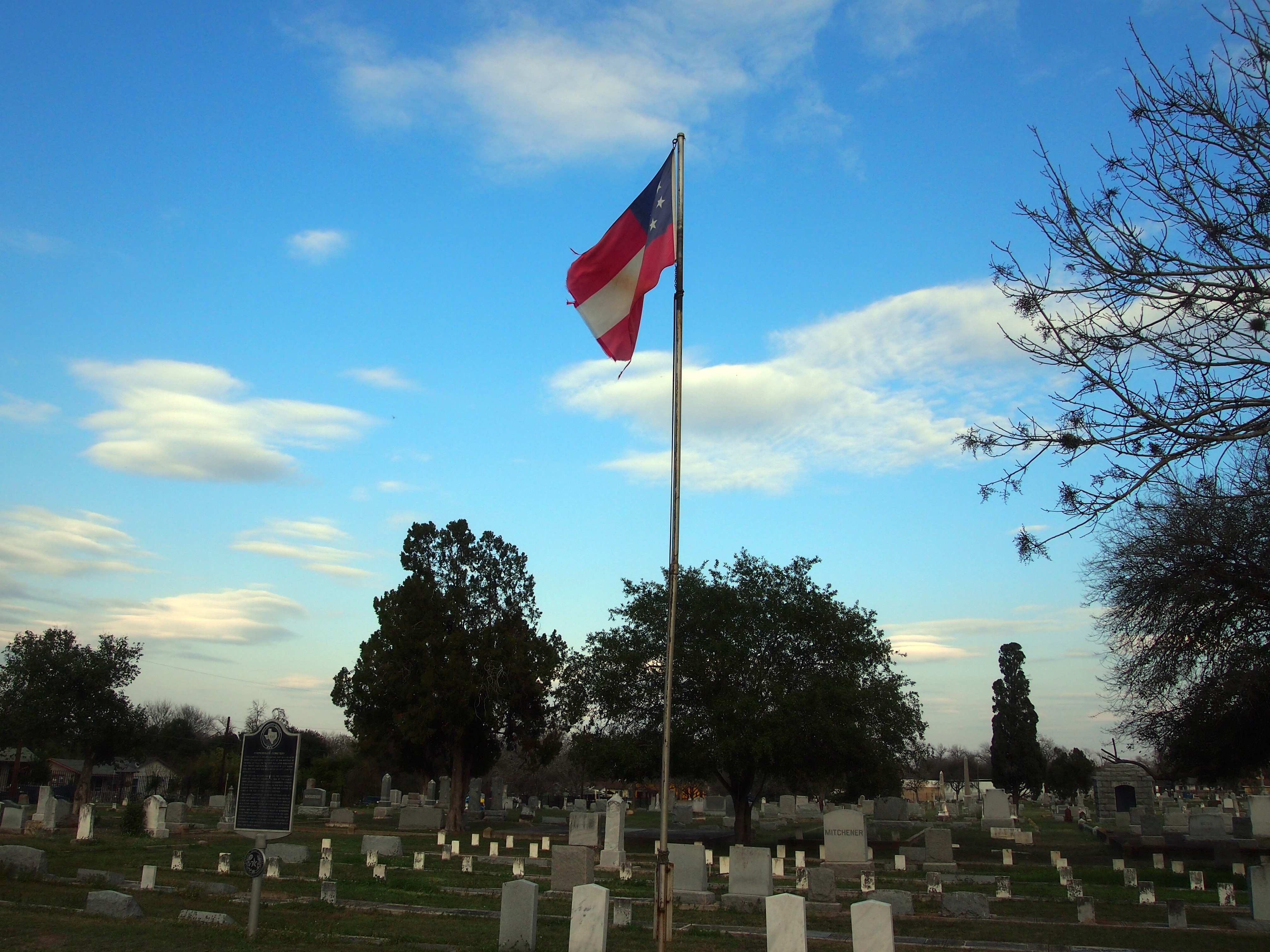 The cemetery’s historical markers says that there were over 900 burials in the cemetery, including former CSA soldiers, but also their dependents, some later descendants, and some vets from WWI and WWII as well.
The cemetery’s historical markers says that there were over 900 burials in the cemetery, including former CSA soldiers, but also their dependents, some later descendants, and some vets from WWI and WWII as well.
Then there’s the Hermann Sons Cemetery, also enjoyably frowzy.
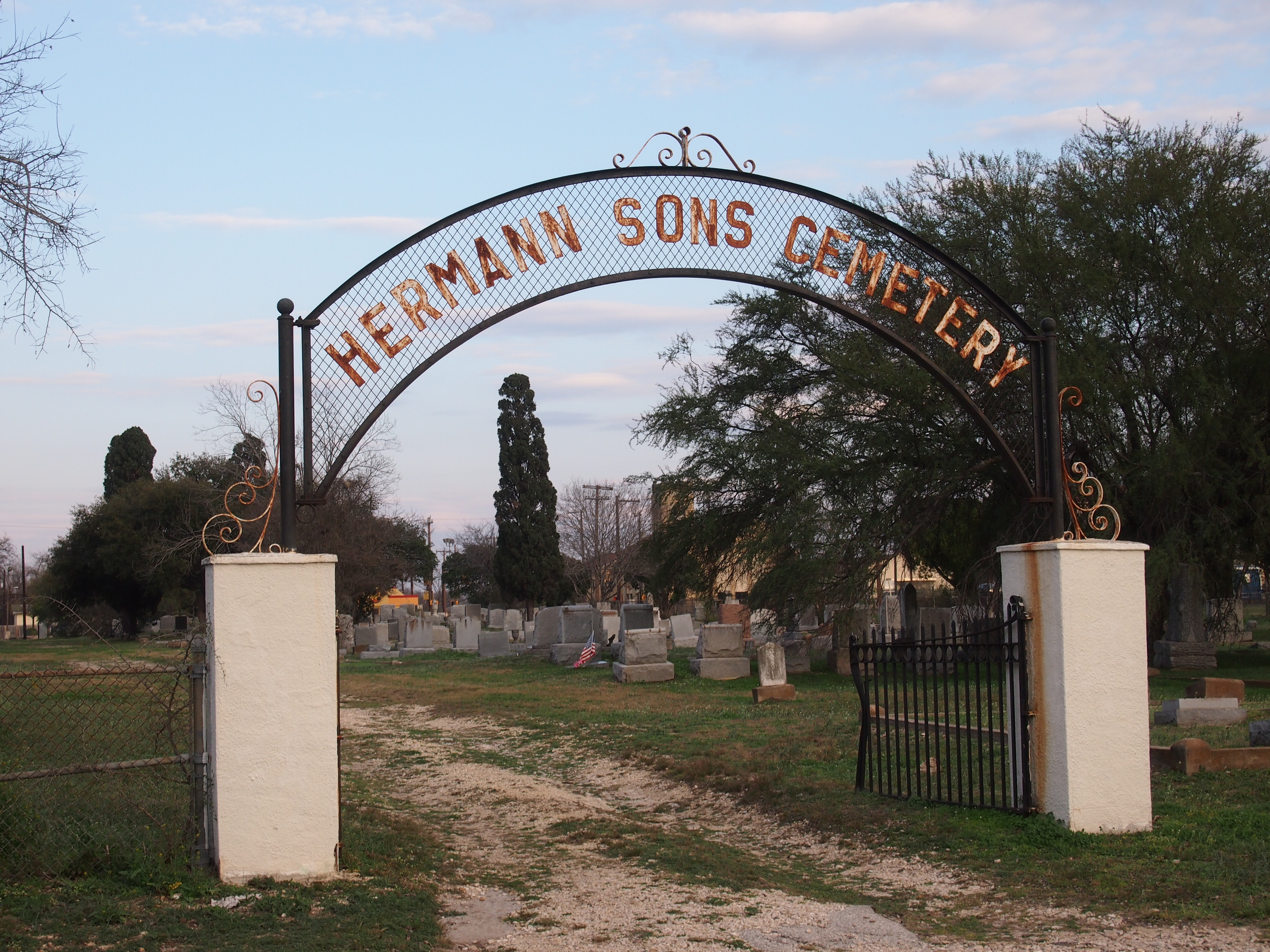
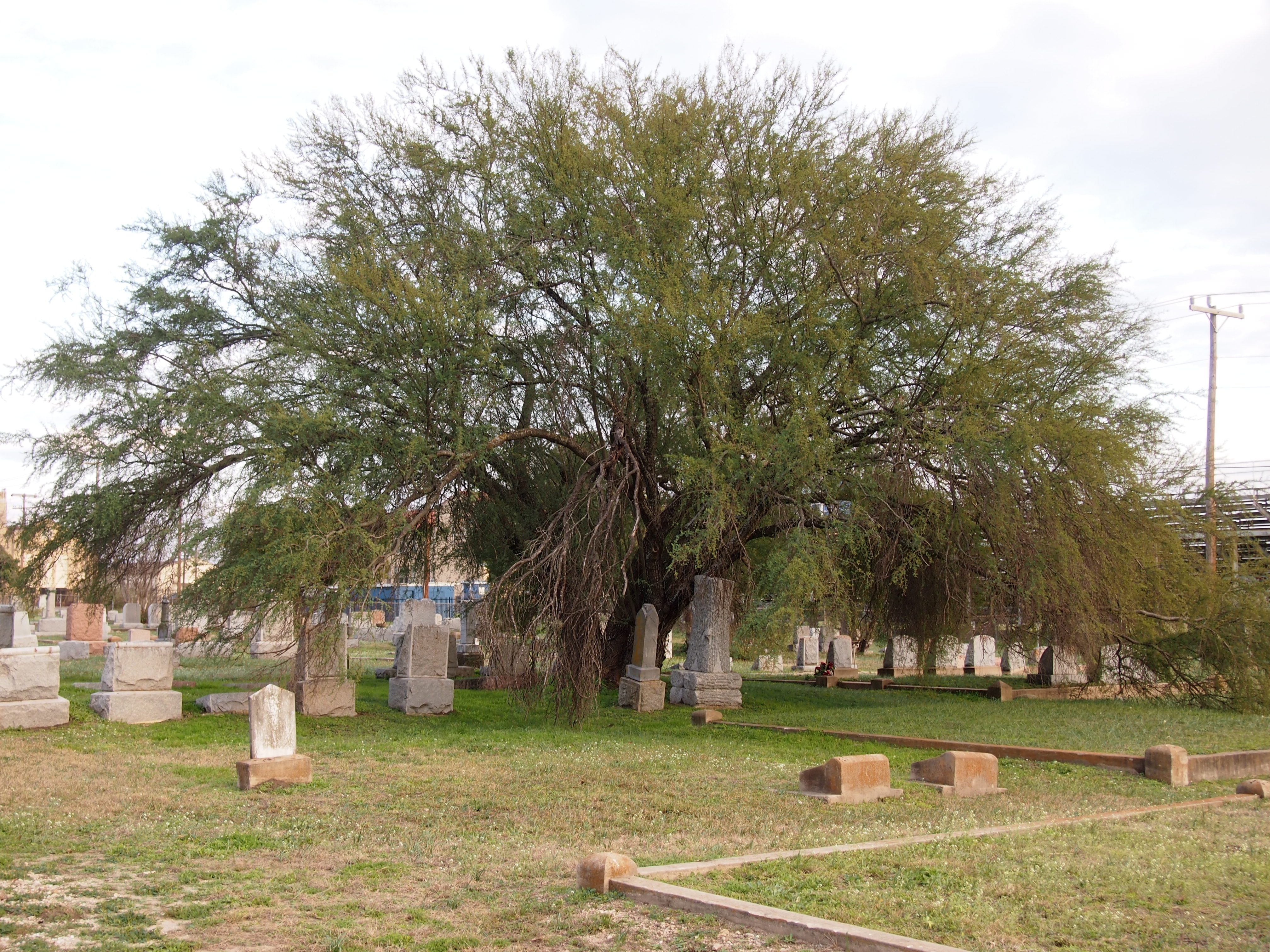 The first Texas lodge of Ordens der Hermanns-Söhne was founded in San Antonio, and the organization is no thing of the past.
The first Texas lodge of Ordens der Hermanns-Söhne was founded in San Antonio, and the organization is no thing of the past.